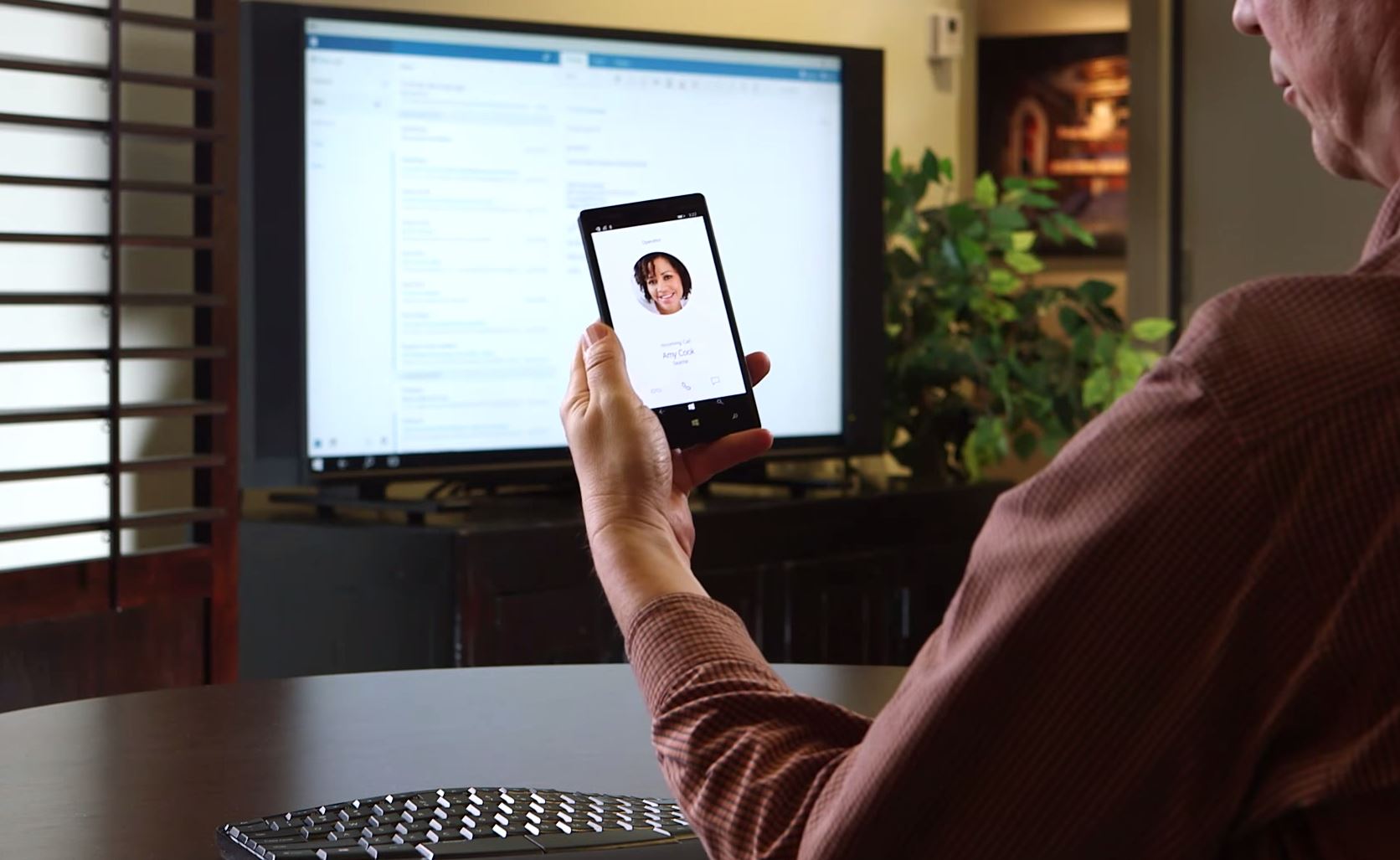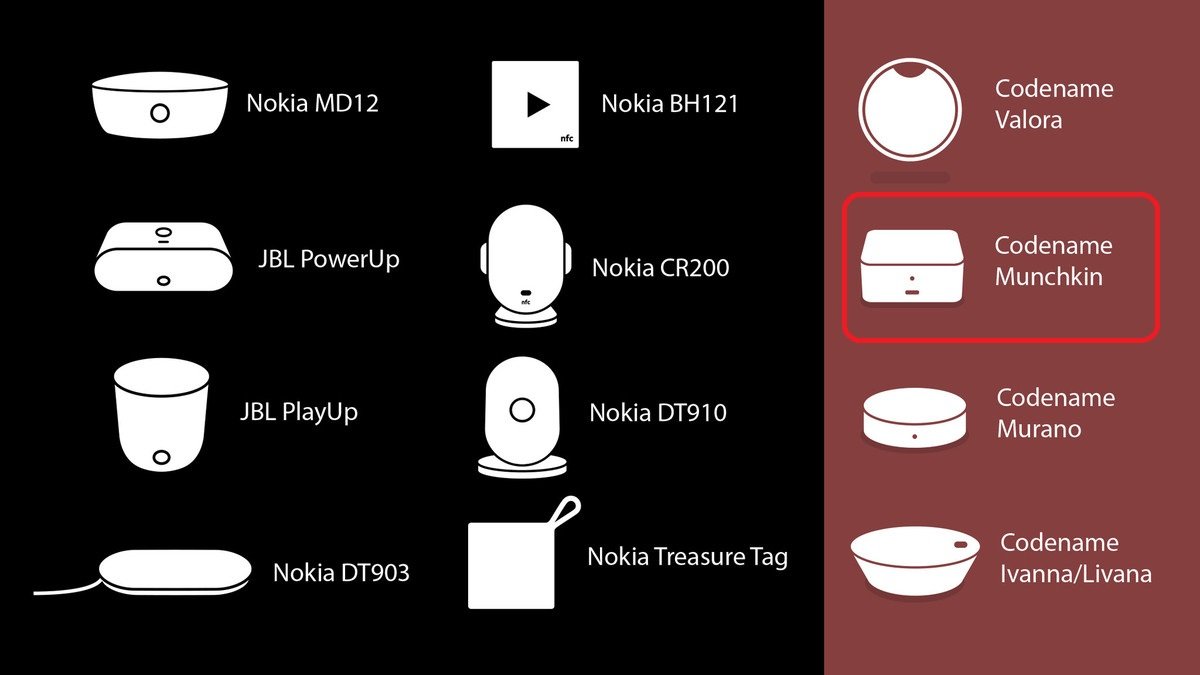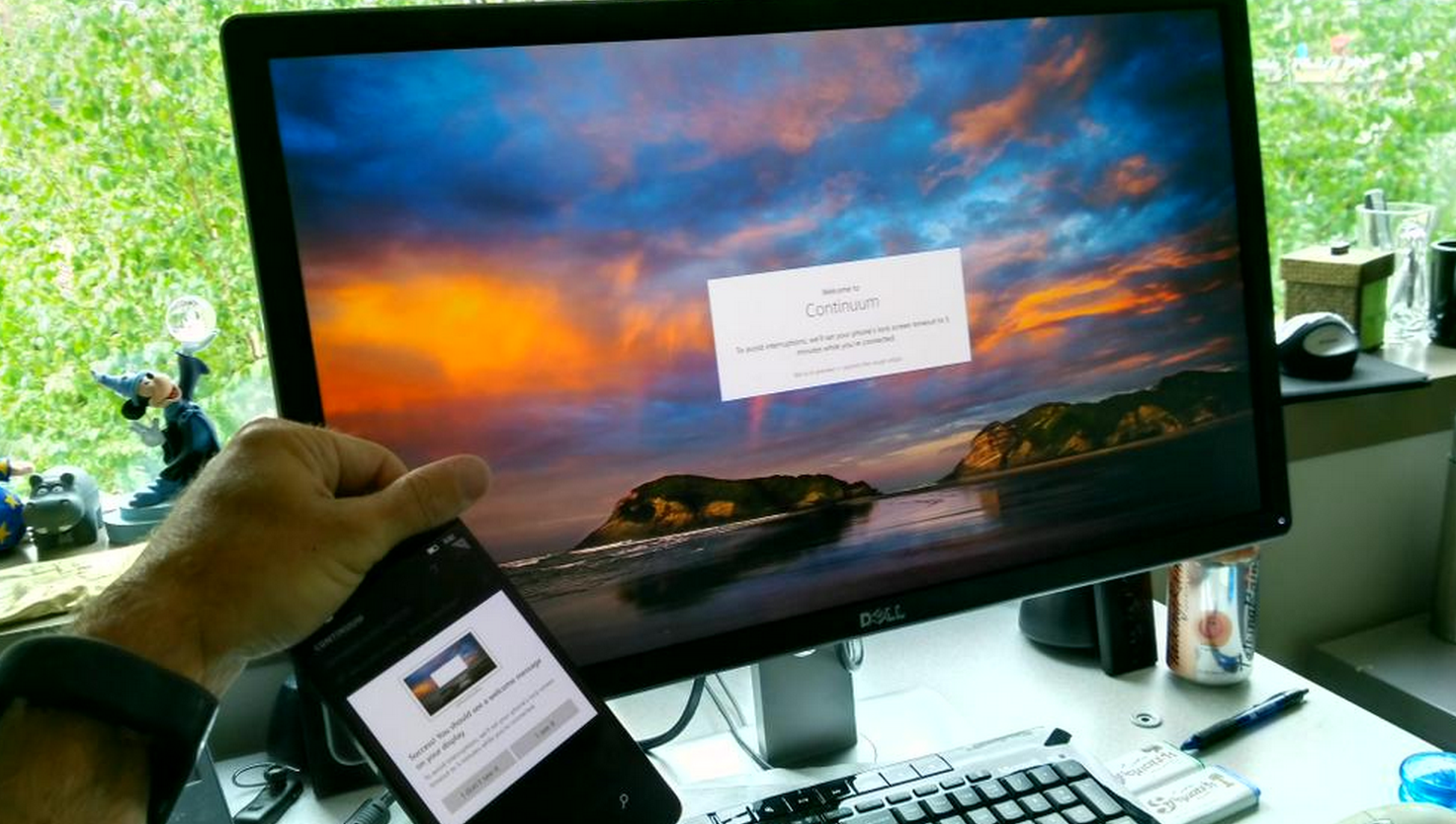Continuum for phones works over Miracast but still needs new hardware too

Microsoft's Joe Belfiore took time from his presumably busy schedule to share a little more on Continuum for phones. Now that Windows 10 for PC is out the gate the focus for the team at Redmond is on the mobile side of the OS.
For a while now, Microsoft has been saying that Continuum for phones requires new hardware. Despite the demos at Build 2015 and speculation to the contrary only newer, high-end phones can second-screen to an external display. In fact, the only reason I am mentioning this is some people who don't follow every drip and drab of Microsoft news may still have questions. Hopefully, this answers them.
Belfiore has added a few more notes to the conversation:
"Yes, Continuum for phones requires new hardware. It's a high-end feature-- uses dual separate screens. Continuum for phones DOESN'T require you to carry a device to connect. It's wireless (BT/Miracast) *or* wired (eg. could have a dock)."
Of course, the dock Belfiore is referring to is codenamed Munchkin as we revealed a few weeks back. I have heard that the dock, which features USB and display ports, will run for $99 once released this fall with the new flagship phones. Essentially, a user plugs their phone via USB Type-C into the dock and the dock connects to a display, mouse and keyboard to act like a full PC. Alternatively, maybe just like a Surface RT, to be more precise. Microsoft has yet to speak publicly about the accessory.

Regarding Miracast, this too was recently shown to some of us in the media at a private event in New York City. As noted by Belfiore, the hardware used are simple engineering samples, much like he showed in a photo on Twitter today (see below). These devices look like normal Lumias, but their updated Qualcomm chipsets can handle the dual display output needed for Continuum.
The Miracast demo I saw was just that: the phone connected up to a TV and wirelessly beamed a second screen. Universal Windows apps (UWA) like Outlook were demoed with Continuum specifically displaying how the phone app can scale up to a full display for a computer or TV.

Overall, the demo was fast and impressive, although only one UWA can run at a time. It is unclear if this limitation sticks around or is a restriction on the hardware. We should keep in mind that Continuum for phones is still a very new technology, and we likely have a few generations to go before it is that 'PC in a pocket' dream.
All the latest news, reviews, and guides for Windows and Xbox diehards.
Perhaps that rumored Intel phone is the next evolution.
Microsoft is still in the late stages of developing Continuum for phones with a few for more months before it is ready for public release. We are likely to hear more about the feature and new hardware later in September or October.
Source: Twitter

Daniel Rubino is the Editor-in-chief of Windows Central. He is also the head reviewer, podcast co-host, and analyst. He has been covering Microsoft since 2007 when this site was called WMExperts (and later Windows Phone Central). His interests include Windows, laptops, next-gen computing, and wearable tech. He has reviewed laptops for over 10 years and is particularly fond of 2-in-1 convertibles, Arm64 processors, new form factors, and thin-and-light PCs. Before all this tech stuff, he worked on a Ph.D. in linguistics, performed polysomnographs in NYC, and was a motion-picture operator for 17 years.
